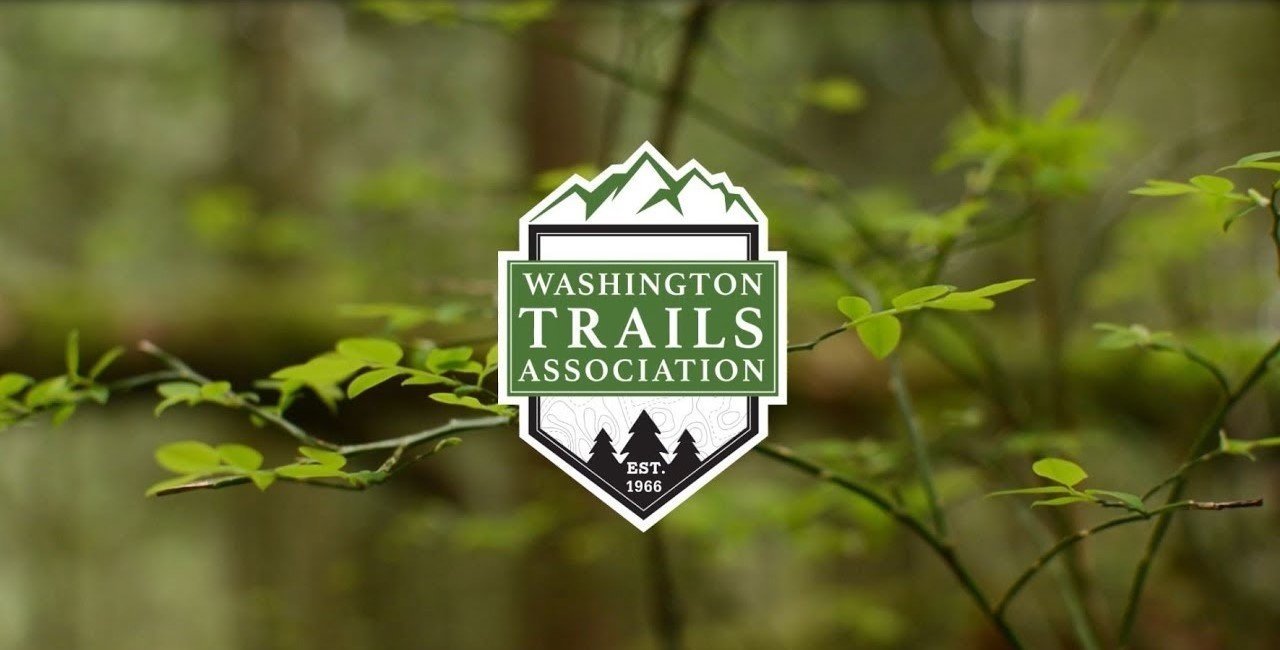Engagement Research
A research campaign aimed to foster higher engagement through deeper understanding of existing and potential users.
Role
User Research Intern
Timeframe
18 weeks (part-time)
Methods
Feature Comparison
User Journey Mapping
Surveys / User Interviews
Objective
The Washington Trails Association employed user researchers to answer research questions and provide recommendations and insights into existing/potential users with the goal of increasing engagement among the hiking community with their platform.
Research Process
Below is the proposed research process that was used to gather data, generate insights, and derive recommendations for possible improvements to the WTA products.
We started by comparing similar features between WTA and its competitors and developing four personas. These two analyses allowed us to create a more informed initial user journey map, which we then used to prompt guiding research questions to survey and interview existing and potential users.
Analysis based on the user interviews and surveys allowed us to validate and refine our personas and user journey maps.
Preliminary Groundwork
Feature Comparison
Compared crucial features of WTA and its main competitor (e.g., map, trail guide, reviews)
Noted similarities and differences in matching features between the platforms, and examined features unique to each organization
Identified potential pain points for users as well as opportunities
Persona Development
Developed four initial personas based on feature comparison
Aditya - young adult, intermediate hiker
Alicia - middle-aged, experienced hiker
Trisha - transplant, experienced hiker
Pablo - parent, novice hiker
Identified users’ pain points and their needs/wants/goals
User Journey Mapping
Mapped the experience that each persona goes through to achieve their goals
Identified opportunities for touchpoints throughout user journey
User Research
Surveys
Purpose: To reach a wider audience and validate interview findings
Data: Collected 1106 responses through social media, newsletter, and the website
User Interviews
Purpose: To dive deeper than the survey to better understand user needs and pain points
Data: Conducted 18 video interviews with both experienced and non-experienced hikers in Washington
Results and Analysis
Created a findings matrix (shown below) based on data collected from surveys and interviews
Organized findings into general and persona-specific insights with respect to the research questions
Uncovered a fifth persona that is more inclusive of experienced hikers navigating parenthood for the first time
Revealed that the WTA Trailblazer mobile app is deeply underused compared to the AllTrails mobile app
Found that WTA’s trip reporting feature is the most valued content on WTA
Impact and Learnings
Impact
The findings from this research project were used to create workshops that helped WTA stakeholders brainstorm actionable ideas for how to increase engagement and interaction with the organization
Learnings
People’s traits and behaviors live on a spectrum. The biggest lesson I learned from this internship was that people rarely completely fit into the limited attributes defined by personas. This experience has made me more mindful of the limitations of personas as well as the potential users who may be excluded from our research.
Recognizing bias in users. The set of users we interviewed included both regular and non-regular WTA users. When conducting these interviews, I learned how to detect and recognize when users may be biased and show favoritism toward one platform over others.














